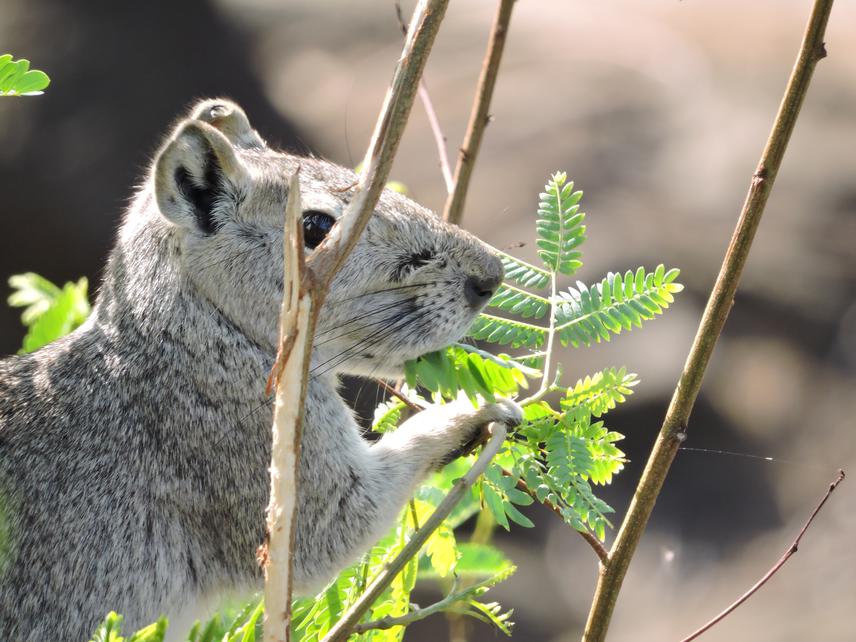Tatiane Micheletti Ribeiro Silva
Other projects
25 May 2018
Managing Invasive Feral Cats in Fernando de Noronha: Protecting Endemic and Native Brazilian Wildlife
The project seeks to suggest the best management options for the rock cavy considering its ecology, impact on native species, health status, and an economic and social analysis.

Invasive alien species are important threats around the world, especially in protected areas. Insular protected environments are of even greater concern. In these environments endemic species are more vulnerable to predation, competition for resources and diseases brought by introduced species. These diseases might even be cause of endemic species extinction. Despite the status of an UNESCO World Heritage Site the archipelago of Fernando de Noronha faces the impacts of introduced continental species since its colonization. Rodents such as the black (Rattus novergicus) and the brown (Rattus rattus) rats and the rock cavy (Kerodon rupestris) might pose considerable threats to native and endemic species, especially regarding predation pressure and the potential health risk through the transmission of zoonotic pathogens for native and other domestic animals, as well as to human communities. Therefore, these risks need to be accessed and modelled for guaranteeing conservation and health in the archipelago.
The present project seeks to:
(i) investigate the structure and population dynamics of the rock cavy,
(ii) to perform a general health assessment and identify the presence of zoonotic diseases in this species in the archipelago,
(iii) identify and quantify the risks this species pose to native and endemic ones,
(iv) identify the costs and benefits associated with different management options, understand the local perspective towards this species, and at the end,
(v) point out the most appropriate species management scenario applied to the local reality of the National Park considering all the gathered information. In addition, the project intends to
(vi) increase knowledge and expertise exchange within the partner institutions
(vii) hold a two-day workshop with all involved stakeholders, where the results will be presented and the management plan design will be drawn. As a first outcome, the project will provide direct and long lasting benefits to this unique protected area in Brazil through the development of a mid and long term management plan for the rock cavy.
Furthermore, as a second outcome, this project will provide sound basis for management plans in other locations. At last, involving the local stakeholders and managers into the decision making process of addressing wildlife management will ensure the achievement of long term conservation of biodiversity, and will be the start of a collective process of management in the island and, hopefully, serve as model for other places.